How long does resin take to cure without UV light? It’s a common question for anyone working on resin art, handmade jewelry, or DIY coating projects.
Without UV light, most traditional epoxy resins need 24 to 72 hours to cure fully, depending on the type used and the environment in which they are used.
Timing matters when it comes to getting smooth, solid results. In this article, you’ll discover the key differences between UV and epoxy resin, how long each one takes to cure, and smart tips to help your resin projects turn out just right.
How Long Does Resin Take to Cure Without UV Light? It Depends on the Type You Use

Cure time for resin without UV light depends on the type of resin you choose. Each kind has its own process, wait times, and requirements for successful results.
Epoxy Resin Curing Duration (Most Common Non-UV Resin)
Epoxy resin is very popular because it cures well without any UV light. Usually, you will need to let epoxy resin sit untouched for 24 to 72 hours. The time varies based on the brand and how warm the room is.
Always check the label for the manufacturer’s recommended cure time, which gives the best results. During this time, keep your project in a safe place without moving it.
While it can feel dry to the touch after about 24 hours, it takes up to 7 days to fully harden. If you remove it early, the resin may warp or stay sticky.
Quick tips:
- Follow the instructions on the package.
- Keep the area clean and let the project sit flat.
- Warm rooms help resin cure faster but avoid high humidity.
Polyester Resin Cure Time
Polyester resin behaves a bit differently. For curing to start, a separate chemical called a catalyst (like MEKP), needs to be mixed in. After mixing in the catalyst, polyester resin usually cures at room temperature for 12 to 48 hours.
This resin smells strong, so use it where there is plenty of fresh air. The curing speed depends on the amount of catalyst you add and the temperature.
Things to remember:
- Wear gloves and work in a ventilated room.
- Measure the catalyst carefully.
- Do not move the piece before it hardens, or the surface may get ruined.
Polyester resin turns hard faster with more catalyst, but too much can cause cracking or overheating.
Polyurethane Resin
Polyurethane resin is excellent if you want something that cures quickly without UV light. Most types are set in 30 minutes to a few hours. Keeping water and air away from the mixture is important since moisture can stop it from curing or cause bubbles.
This resin is often ready to handle in just an hour, but full strength takes a bit longer. Always check the instructions, as some formulas set much faster than epoxy or polyester.
Important points:
- Store and mix in a dry room.
- Wear gloves since it can irritate the skin.
- Work quickly; once mixed, polyurethane starts to cure right away.
Polyurethane resins suit projects that need a fast turnaround, but because of the short working time, you must pay close attention while working.
📌 Also Read: Types of Resin: A Crafter's Guide to Finding the Perfect Pour
How Long Does Resin Cure Without UV? (+ Faster Drying Tips)

Resin that does not use UV light, like two-part epoxy resin, cures by a chemical reaction that usually takes 24 to 72 hours to finish. How you set up your workspace and handle your materials greatly affects how fast and even your resin cures.
1. Control Room Temperature
Keep your curing space warm for the best results. A room temperature between 75 and 85°F (24 to 29°C) is ideal for most epoxies. Warmth helps the resin harden faster and more evenly.
Cold or damp air slows down chemical reactions in resin. Working in a chilly basement or near a drafty window may add hours or even days to your cure time. Humidity can also cause foggy spots or a sticky surface.
Tips:
- Use a space heater if your room is too cold.
- Avoid curing resin in garages, sheds, or bathrooms during cold months.
- Keep windows closed if the air is damp or rainy.
2. Measure Resin Accurately
It is important to mix your resin and hardener in the ratio recommended on the label. Usually, this is 1:1 or 2:1 by volume or weight.
If you use too much or too little hardener, your resin might stay soft, become sticky, or never set at all. Mix the two parts for at least 3 to 5 minutes, scraping the bottom and sides of your mixing cup.
Essentials:
- Use measuring cups for accuracy.
- Stir slowly to avoid bubbles but make sure all of it is blended.
- If unsure, double-check your product instructions.
3. Use a Dust Cover During Curing
Airborne dirt, dust, or pet hair can stick to resin while it hardens, ruining the surface. After pouring your resin, place a cover over your project.
Flipping a simple cardboard box, plastic container, or even a baking dish over your work can keep it clear. Make sure the cover is tall enough not to touch the resin.
Quick List:
- Cover immediately after pouring.
- Check for airflow that can blow dust.
- Do not remove until the resin is fully cured to the touch.
4. Avoid Thick Pours
Pouring large amounts of resin at once can cause overheating, bubbles, or uneven curing. Keep your pours thin, about ¼ inch (6 mm) or less.
Let each layer harden before adding more resin. This helps every layer cure fully, keeps the project safe, and prevents problems such as warping or heat cracks.
Layering Steps:
- Pour a thin layer of resin.
- Wait until it sets (usually 4–6 hours; check your brand).
- Pour the next layer.
- Repeat if your project needs more depth.
📌 Also Read: Best Epoxy Resin for DIY and Professional Projects
Resin Without UV Light: Pros, Cons & When to Use It
Non-UV resin, or two-part or epoxy resin, sets and hardens without needing a special UV lamp. It can be a good fit for specific projects, but it has some trade-offs compared to UV resin, which is important to know.
Benefits of Non-UV Resin
Non-UV resin is easy to use because you do not need a UV light or a special lamp. Mixing the resin and hardener starts the chemical reaction, which starts the curing. You can set up your project anywhere with enough room and good ventilation.
This type of resin is best for large projects. It can be used to make deep molds, trays, big coasters, or even furniture finishes.
It cures evenly throughout thick pours, so it’s better for larger pieces than UV resin, which only hardens where the light hits.
Many non-UV resins produce tough, durable results. Some types are more resistant to heat or scratches compared to UV resin. Non-UV resin often performs better when you want a strong, high-quality finish that lasts.
Downsides Compared to UV Resin
The main downside is that non-UV resin is slow to cure. Most types need at least 24 hours to harden, and thicker projects could take days. This is much slower than UV resin, which can cure in minutes under a lamp.
Non-UV resin is not as suitable for small, detailed crafts. It can be messy, and it is harder to control for jewelry or tiny molds because it keeps flowing until it sets. UV resin works better if you want sharp lines or fast results for thin layers.
Non-UV resin can sometimes be yellow over time if kept in sunlight or not sealed well. Some formulas are more stable, but you must still store and protect your finished pieces.
When to Choose Non-UV Resin
You should pick non-UV resin for big crafts and practical uses where a strong and durable finish is important.
It’s great for work like:
- Pouring thick layers in molds for coasters, trays, or countertops
- Coating furniture or making river tables
- Projects where you need a long working time to adjust and remove bubbles
- Situations where you want heat resistance and don’t mind waiting for a complete cure
If you are making significant, deep, or tough objects and need the cure to run all the way through, non-UV resin is the right choice. It works best for items you do not need immediately but want to last long.
📌 Also Read: Is UV Resin Food Safe? Understanding the Risks
Alternatives to UV Light for Resin Curing
You can cure resin without UV light by using heat, sunlight, or special resins that work with different methods. Each option has its timing, tools, and results.
Heat Curing Methods
Heat is a common way to cure some types of resin when UV light is unavailable. You will need a resin that works with heat, like certain two-part epoxies or polyester resins. These resins often need a chemical hardener to start the curing process.

[Shop the best mini heat gun for crafts at Resiners, perfect for curing resin projects with ease and precision.]
A simple household oven or a heat lamp can help speed up curing. Make sure you use low temperatures, usually between 100°F and 150°F (37°C to 65°C), to avoid damaging the resin or releasing fumes.
Key steps:
- Mix the resin and hardener according to the instructions.
- Pour the mixture into your mold.
- Place it in the oven or under a heat lamp (always use good ventilation).
Curing times vary from a few hours to overnight. Always follow the safety tips on your resin packaging.
Solar Cure Polyester Resin
Solar cure polyester resin is made to harden when exposed to sunlight, not just UV lamps. This resin type contains a photoinitiator that reacts with the sun’s UV rays.
Simply mix the resin with its hardener and pour or brush it onto your project. Leave it outside in direct sunlight. The curing process will continue even on partly cloudy days, but full sun works best.
It usually takes about 30 to 60 minutes to set in bright sunlight but may take longer if it's cloudy or in cooler weather. One of the most significant benefits is that you do not need special gear, just access to sunlight.
This method works best for smaller, thinner layers since thick pours may not cure evenly outside.
Natural Sunlight vs. Artificial Heat
Curing resin in natural sunlight is easy and costs nothing. Sunlight contains UV rays that can cure certain resins, such as solar-cured polyester or UV resin. Direct sunlight gives good results for those without a UV lamp, though it is slower. Curing times can range from 30 minutes to a few hours, depending on the weather and thickness.
Artificial heat, like from an oven or heat lamp, does not use UV rays, so it only works with heat-cure resins. With these, the process is more controlled, and you can cure pieces indoors regardless of the weather.
Main differences:
- Sunlight cures resins by UV, works with UV or solar-cure resins.
- Heat cures by temperature only works with heat-set or two-part curing resins.
- Sunlight can be unpredictable; artificial heat offers a steady environment.
Choose the method that fits your resin type and what you have available. Always check your resin's instructions for best results.
Common Issues Encountered During Non-UV Curing
When you cure resin without UV light, problems can slow down your project or ruin the final look. These problems include sticky surfaces and bubbles forming under the resin.
Incomplete Curing and Sticky Surfaces
If you use resins that need a hardener, the balance between the resin and the hardener matters greatly.
Too little hardener leads to tacky or soft surfaces that never fully harden. Curing with room light or sunlight takes longer and often does not reach all areas.
Sometimes, resin left out of sunlight or in areas with shade will remain sticky. This can make unmolding hard and leave fingerprints or dirt stuck to the piece.
If you touch the resin and it feels tacky a day later, it likely did not cure fully.
To avoid sticky surfaces:
- Mix the resin and hardener in the right ratio.
- Use a clean glass container for mixing.
- Make sure your curing spot has enough sunlight or warmth.
- Keep the resin exposed to light as evenly as possible.
- Check the resin with a clean toothpick to test if it fully cured.
Bubbles and Surface Imperfections
Bubbles are common when mixing resin and hardener by hand. If bubbles rise to the surface before the resin sets, they pop independently.
Without UV light, curing is slower, letting more bubbles get trapped or float under the surface.
Bubbles often gather around edges or under the surface of precise castings, making the finish look cloudy or rough. A toothpick can help pop visible bubbles before the resin matures.
Tips to reduce bubbles and surface flaws:
- Mix resin slowly to cut down on trapped air.
- Warm the resin slightly before mixing to make bubbles rise faster.
- Pour resin into thin layers, letting bubbles escape.
- Use a toothpick to move bubbles to the edge or break them gently.
- Tap the glass container gently to bring bubbles up.
Being careful during preparation helps you get a smooth and precise finish.
Check Out Related Products:
|
|
Resiners® AirLess Pro Resin Bubble Remover MachineKill 99.99% of resin bubbles in just 3 minutes with the new AirLess Pro. Faster suction, bigger capacity, smart timing, and low-noise design. Built tough for all resin types. |
|
|
Resiners® AirLess Lite Resin Bubble Remover MachineKill bubbles fast with Resiners AirLess Pro and Lite. Enjoy up to 99.99% bubble removal in minutes, powerful suction, smart timing, low noise, and sleek design. From beginners to pros, handle any resin with ease. Compact or high-capacity, both deliver flawless results without mess or hassle. |
 |
AirLess Bubble Removal MachineRemove 99% of bubbles fast with Resiners AirLess. It hits -95kPa vacuum with smart sensors and runs at 12L/min for quick, clean results. One-touch screen, strong seal, and safe design make it easy for anyone to use. Fits most mixing cups and gets the job done in 5 to 9 minutes. |
Conclusion: Be Patient Resin Will Cure Without UV Light
You do not need a UV lamp to cure all kinds of resin. Types like epoxy and polyurethane resin are designed to heal on their own. They just need time, the right mix, and proper conditions.
If you use epoxy resin, expect a complete cure in 24 to 72 hours. Some thick projects or cool environments might take a little longer.
Polyurethane resin often sets in 24 to 48 hours. For best results, keep your workspace warm and free from moisture.
Here’s a simple table for reference:
|
Resin Type |
Typical Cure Time (No UV) |
|
Epoxy |
24-72 hours |
|
Polyurethane |
24-48 hours |
|
Polyester |
24-48 hours |
Tips for Curing Resin Without UV Light:
- Mix carefully to avoid sticky spots.
- Keep the area dust-free and dry.
- Don’t rush the process—waiting leads to a better finish.
Curing may take longer than a UV lamp, but your patience will pay off. Enjoy the process and let your project cure at its own pace.
❓ FAQs About How Long Resin Takes to Cure Without UV Light
Curing times for resin depend on the type of resin you use and the conditions in your workspace. Both the method and materials can impact how quickly and fully resin cures.
How long does epoxy resin take to cure without UV light?
Epoxy resin does not need UV light to cure and usually takes 24 to 72 hours to harden fully. The exact time depends on the brand, temperature, and humidity. Warmer conditions can speed up the curing process. Always follow the instructions on your resin kit for the best results.




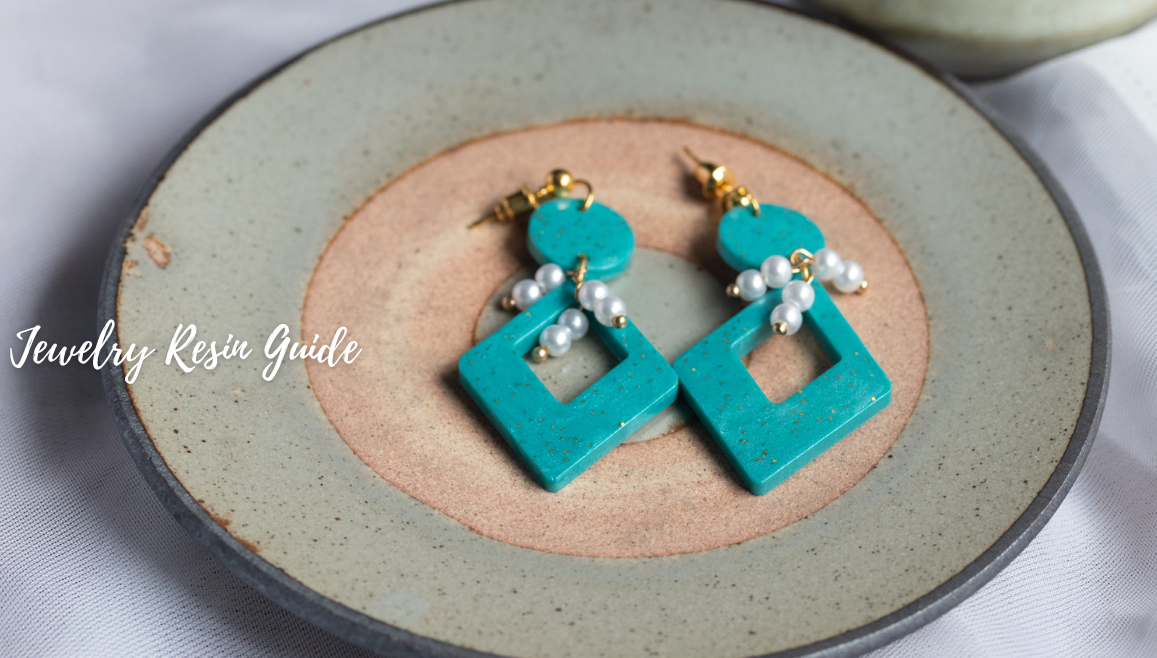
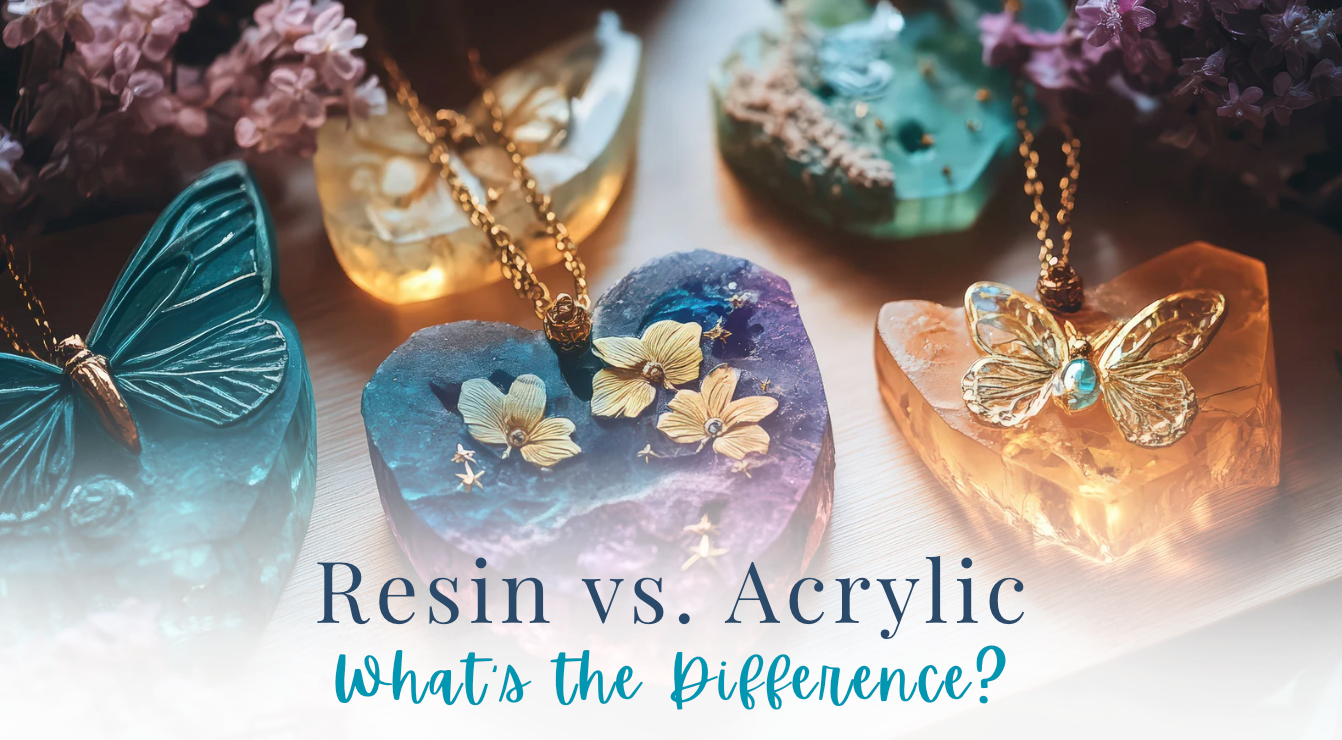
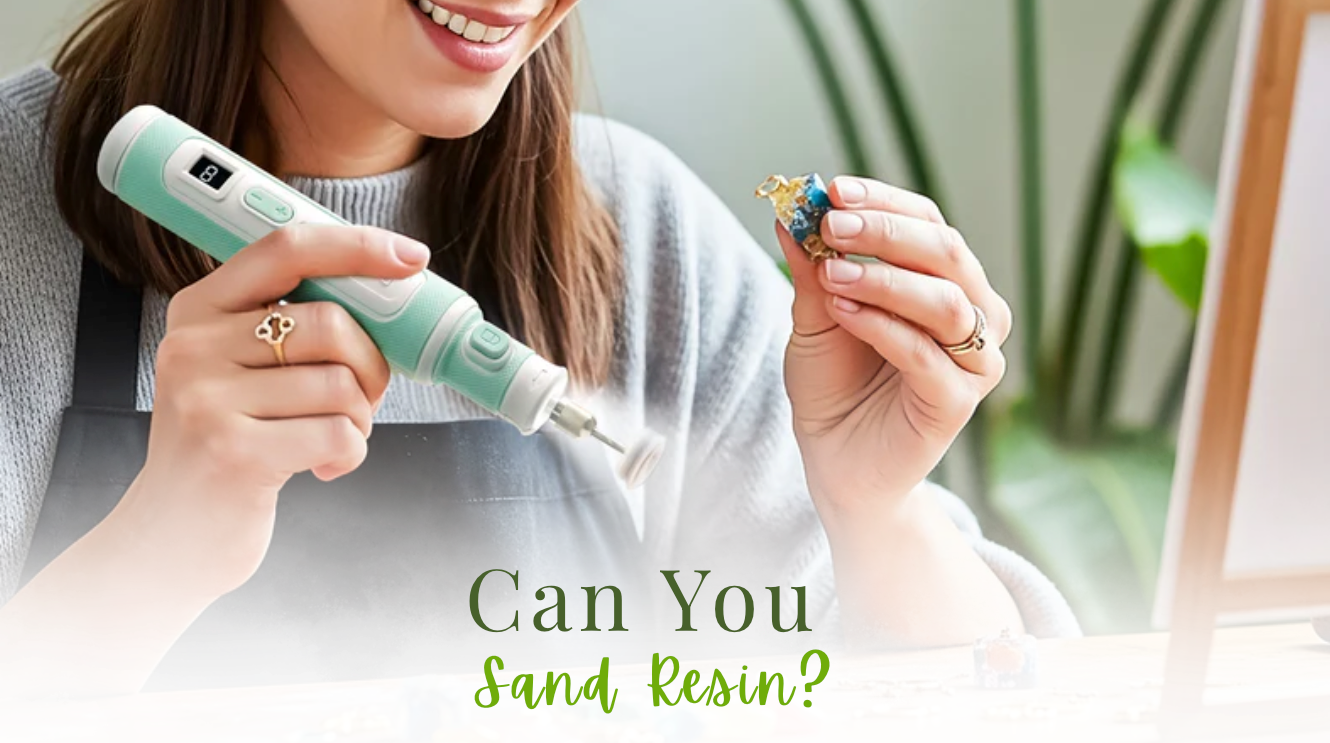
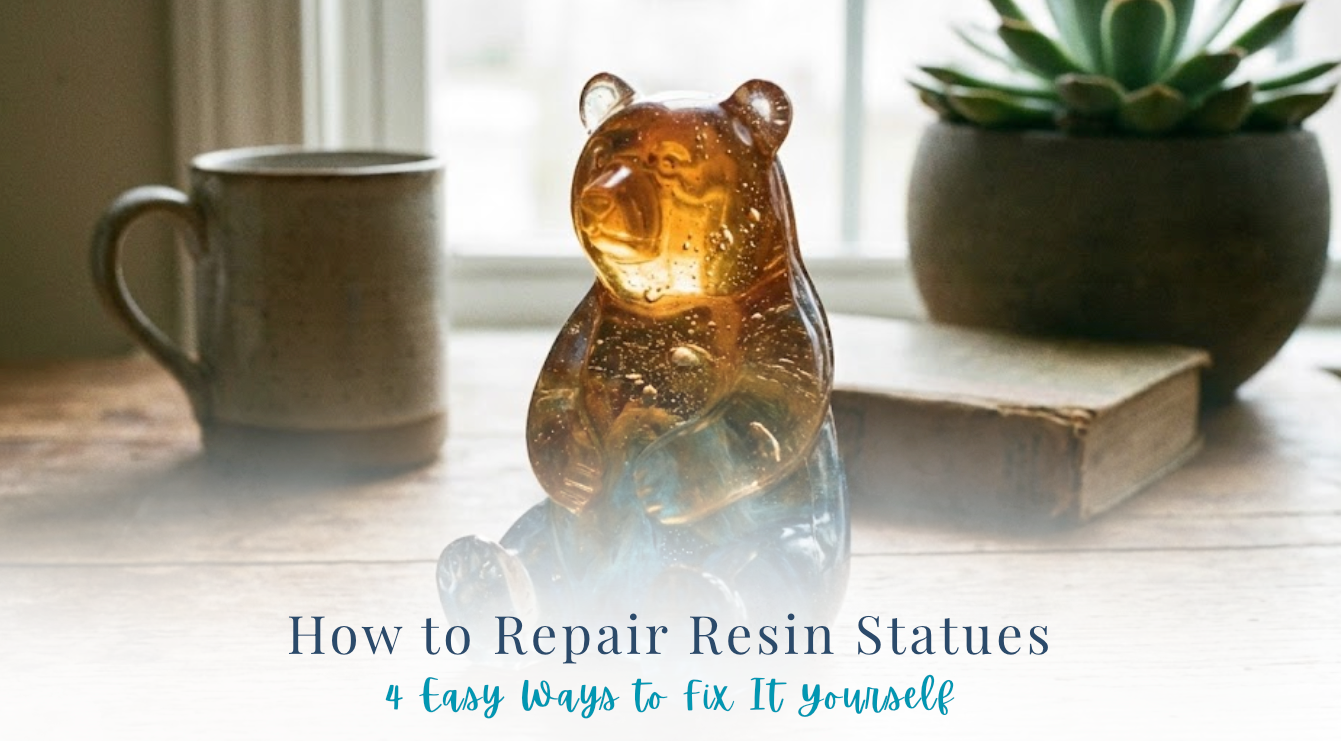

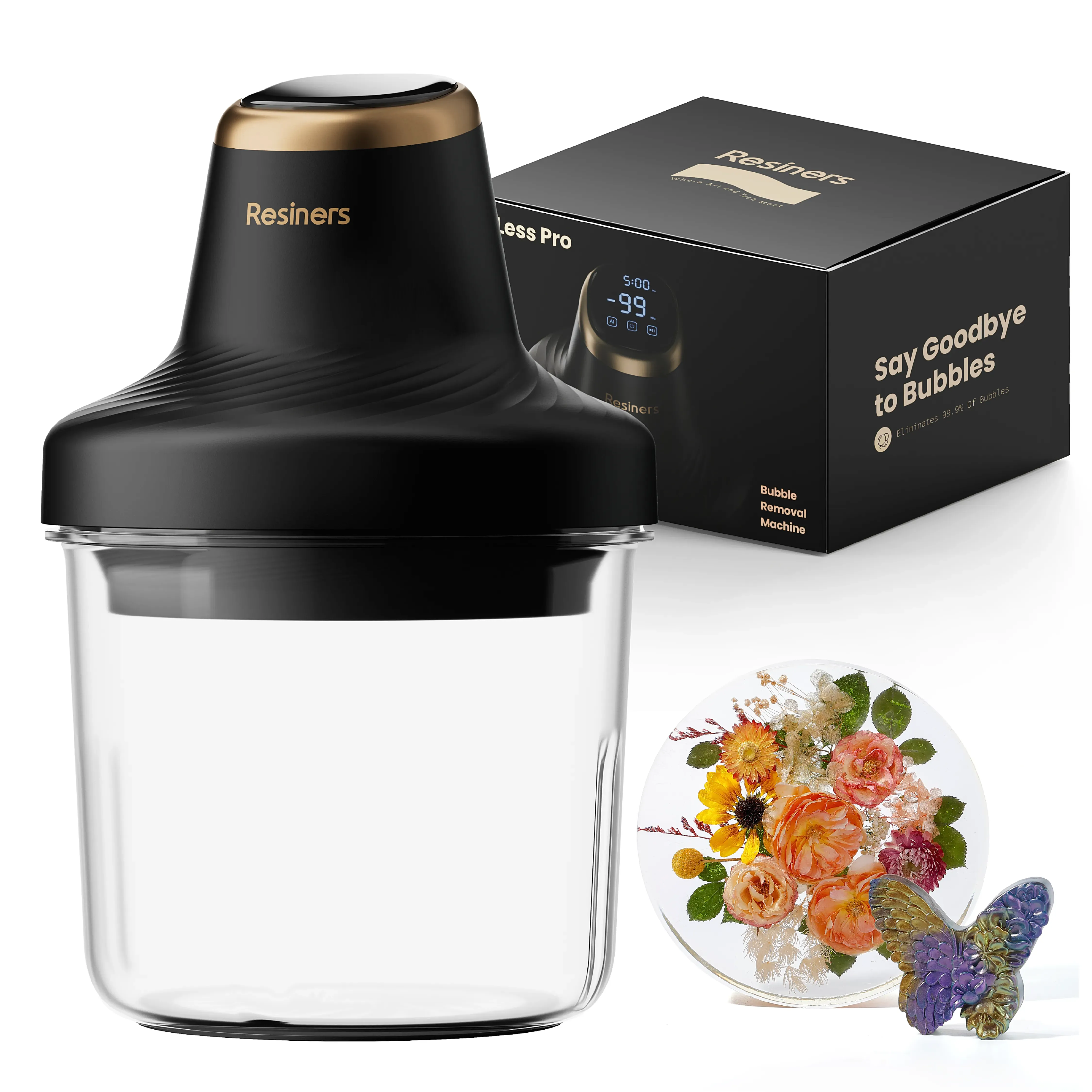
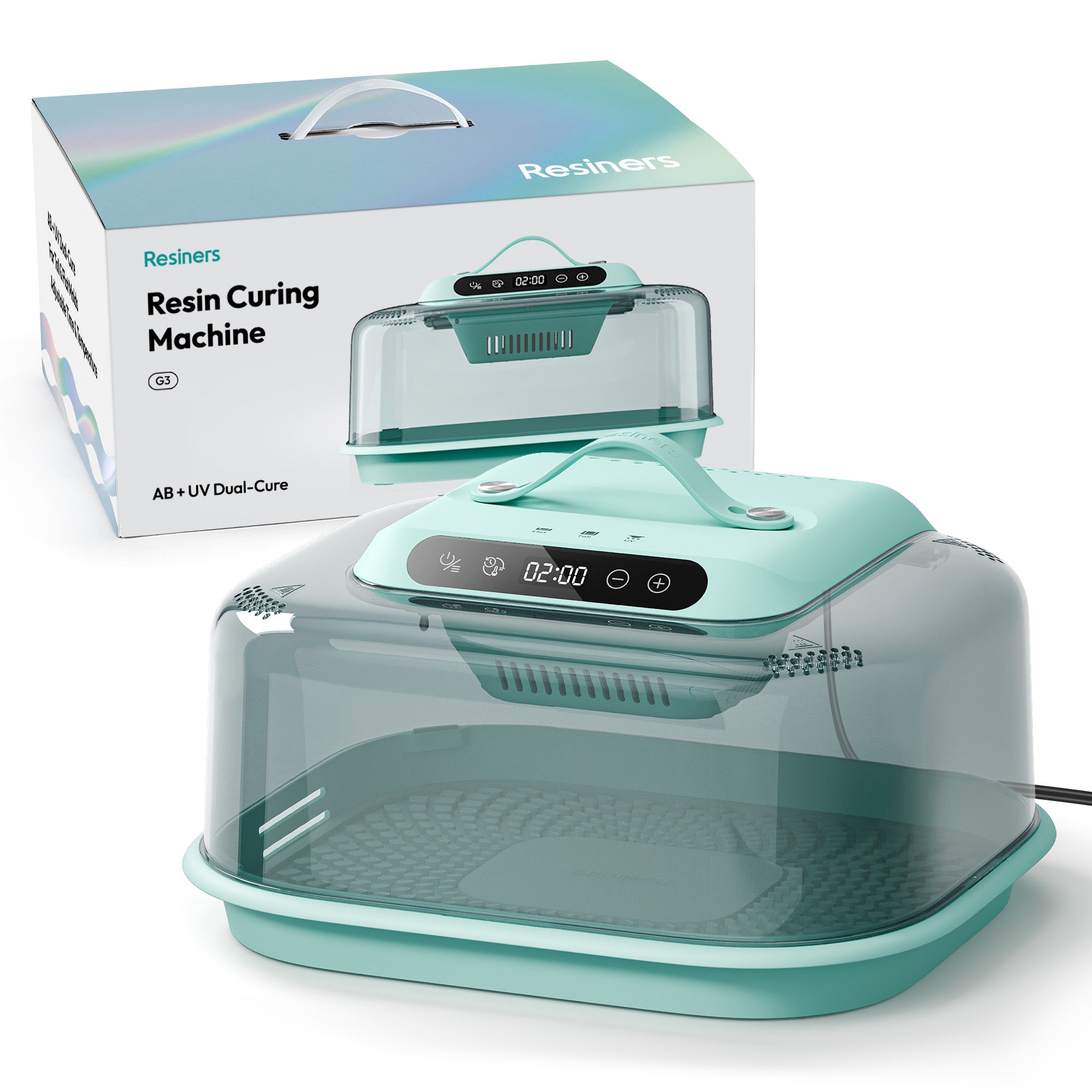

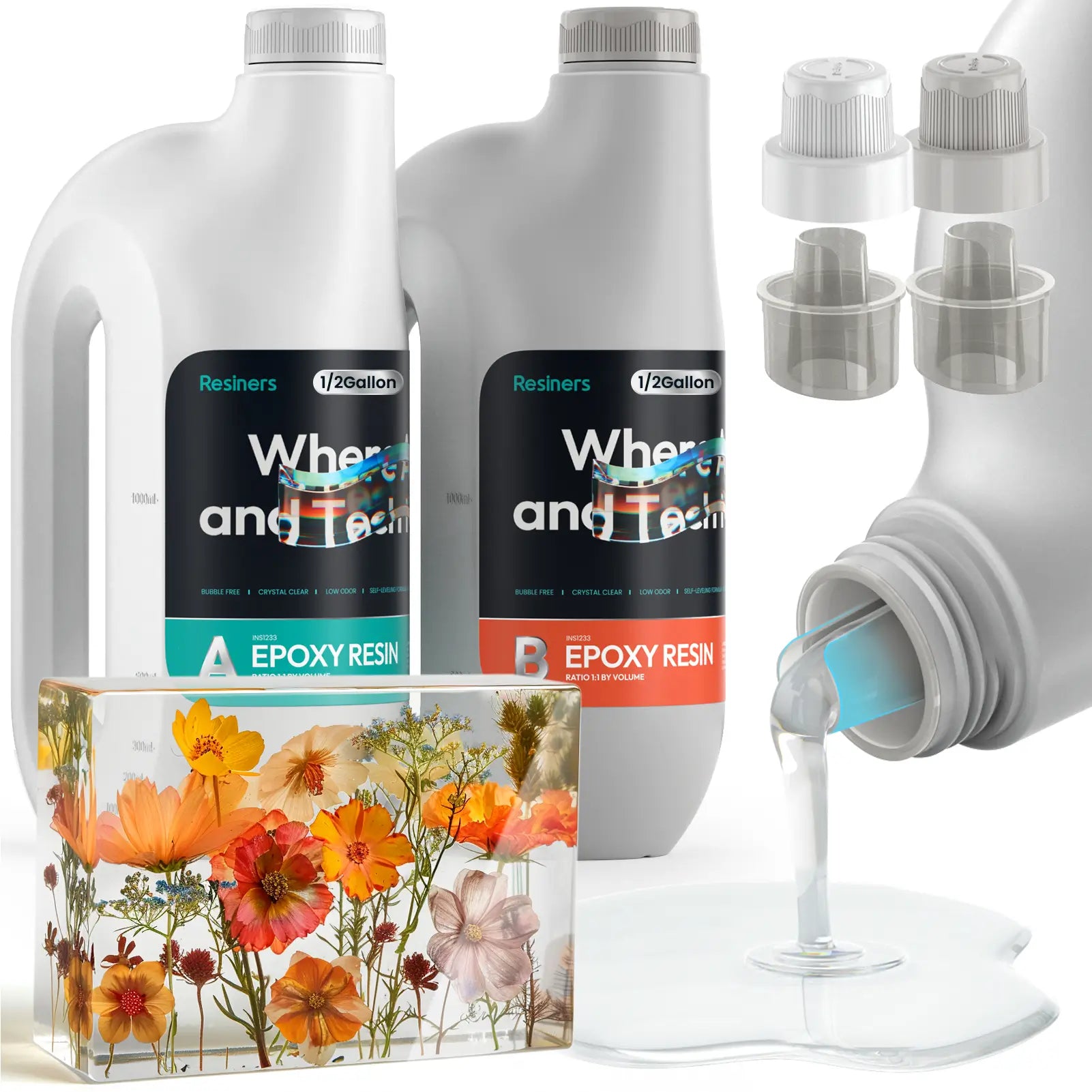
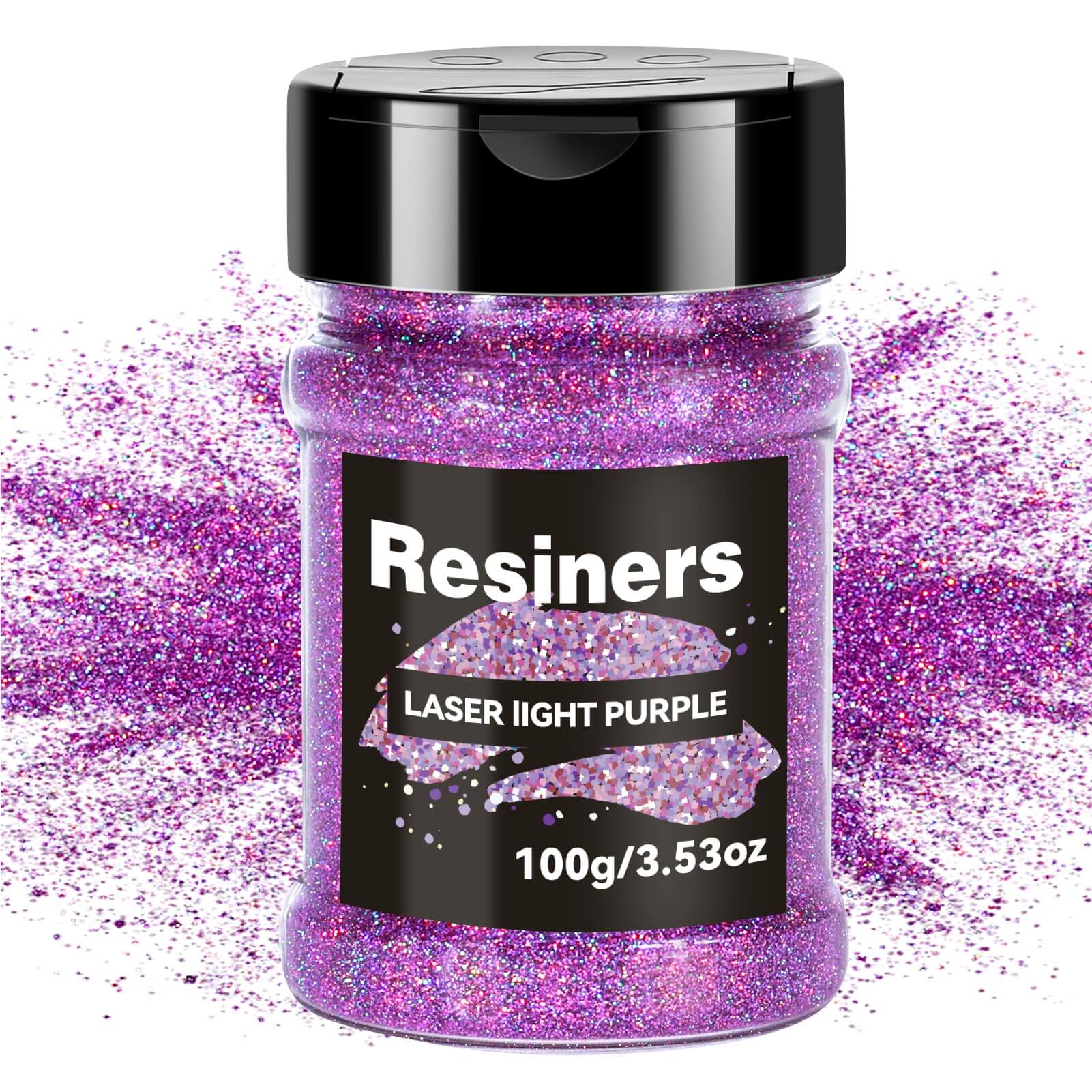
Leave a comment
This site is protected by hCaptcha and the hCaptcha Privacy Policy and Terms of Service apply.